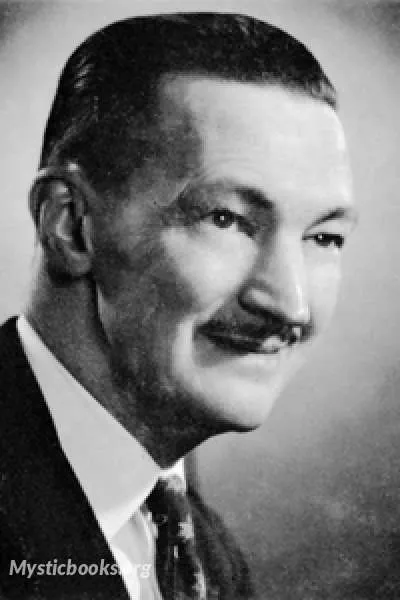
Timeline
Title
Country/Nationality
H. Beam Piper
Henry Beam Piper was an American science fiction author. He wrote many short stories and several novels. He is best known for his extensive Terro-Human Future History series of stories and a shorter series of "Paratime" alternate history tales.
He wrote under the name H. Beam Piper. Another source gives his name as "Horace Beam Piper" and a different date of death. His gravestone says "Henry Beam Piper". Piper himself may have been the source of part of the confusion; he told people the H stood for Horace, encouraging the assumption that he used the initial because he disliked his name. On a copy of Little Fuzzy given to Charles O. Piper, Beam's cousin and executor, he wrote "To Charles from Henry."
Piper's stories fall into two camps: stark space opera, such as Space Viking, or stories of cultural conflict or misunderstanding, such as Little Fuzzy or the Paratime stories.
A running theme in his work is that history repeats itself; past events will have direct and clear analogues in the future. The novel Uller Uprising is the clearest example of this, being based on the Sepoy Mutiny. A similarly clear example is the very name of Space Viking; although that novel is not a direct reinterpretation of a specific historical precedent, a later theme in the book involves the takeover of a planet in a manner reminiscent of the rise of Adolf Hitler.
Piper's characterization was rooted in the notion of the self-reliant man: a man able to take care of himself and both willing and able to tackle any situation which might arise. This is perfectly exemplified in a bit of dialogue found in his short story "Oomphel in the Sky" (1960):
He actually knows what has to be done and how to do it, and he's going right ahead and doing it, without holding a dozen conferences and round-table discussions and giving everybody a fair and equal chance to foul things up for him.
As a result, his stories tend towards the heroic, and the conflict is usually driven externally.
Piper was interested in general semantics. It is explicitly mentioned in Murder in the Gunroom, and its principles, such as awareness of the limitations of knowledge, are apparent in his later work.
Piper was largely self-educated; he obtained his knowledge of science and history "without subjecting myself to the ridiculous misery of four years in the uncomfortable confines of a raccoon coat." He went to work at age 18 as a laborer at the Pennsylvania Railroad's Altoona yards in Altoona, Pennsylvania. He also worked as a night watchman for the railroad.
Piper published his first short story, "Time and Time Again", in 1947 in Astounding Science Fiction; it was adapted for the radio program Dimension X and first broadcast in 1951, and was re-produced for X Minus One in 1956. He was primarily a short story author until 1961, when he made a productive, if short-lived, foray into novels. He collected guns and wrote one mystery, Murder in the Gunroom.
In 1964, his career apparently on the skids, and prevented by reticence and his Libertarian principles from asking anyone to assist him with his financial difficulties, Piper committed suicide The exact date of his death is unknown; the last entry in his diary was dated November 5 ("Rain 0930"), and the date his body was found is reported as November 9 or November 11 by various sources. According to Jerry Pournelle's introduction to Little Fuzzy, Piper shut off all the utilities to his apartment, put painter's drop-cloths over the walls and floor, and took his own life with a handgun from his collection. In his suicide note, he gave an explanation that "I don't like to leave messes when I go away, but if I could have cleaned up any of this mess, I wouldn't be going away. H. Beam Piper."
Some biographers attribute his act to financial problems, others to family problems; Pournelle wrote that Piper felt burdened by financial hardships in the wake of a divorce, and the mistaken perception that his career was foundering (his agent had died without notifying him of multiple sales). Editor George H. Scithers, who knew Piper socially, has stated that Piper wanted to spite the ex-wife he despised: by killing himself, Piper voided his life insurance policy, and prevented her from collecting.
An unpublished story, "Only the Arquebus", has gone missing since his suicide; it is probable that he destroyed it along with many of his personal papers.
Books by H. Beam Piper
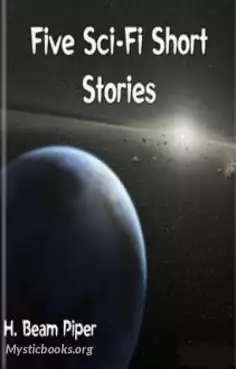
Five Sci-Fi Short Stories by H. Beam Piper
Henry Beam Piper’s book “Five Sci-Fi Short Stories“ is a collection of: The Answer, Temple Trouble, Flight From Tomorrow, Police Operation and Graveyard of Dreams. “The Answer” is about two nuclear scientists who have successfully made a very powerfu...
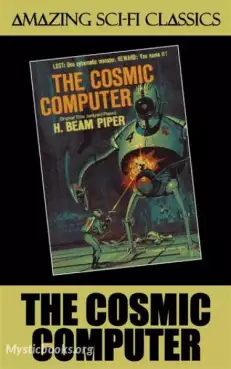
The Cosmic Computer
Conn Maxwell returns from Terra to his poverty-stricken home planet of Poictesme, “The Junkyard Planet”, with news of the possible location of Merlin, a military super-computer rumored to have been abandoned there after the last war. The inhabitants...
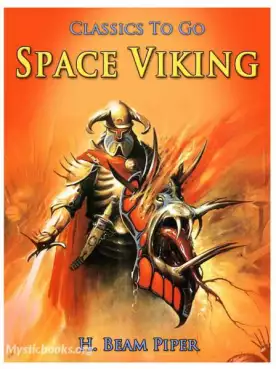
Space Viking
Space Viking is a science fiction novel by American writer H. Beam Piper, set in his Terro-Human future history. It tells the story of one man's search for his wife's murderer and its unexpected consequences. The story was originally serialized in An...
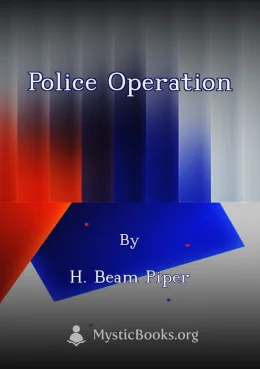
Police Operation
H. Beam Piper (1904–1964) was an American science fiction author. He wrote many short stories and several novels. He is best known for his extensive Terro-Human Future History series of stories and a shorter series of "Paratime" alternate history tal...
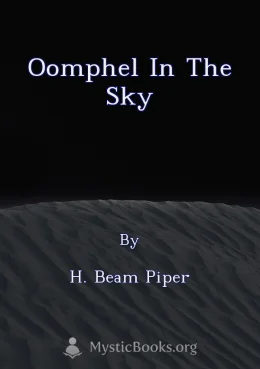
Oomphel in the Sky
Natives of the distant planet of Kwannon believe that their world is about to end, and in preparing for the apocalypse, may be unnecessarily bringing about their own demise. The planetary government can’t overcome its own bureaucracy to help them, an...
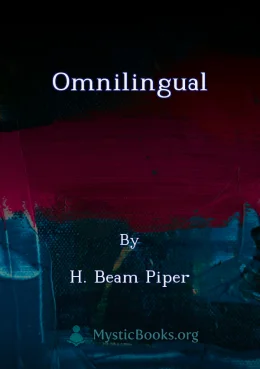
Omnilingual
An expedition to Mars discovers the remains of an advanced civilization, which died out many thousands of years ago. They recovered books and documents left behind, and are puzzled by their contents. Would the team find their “Rosetta Stone” that wou...
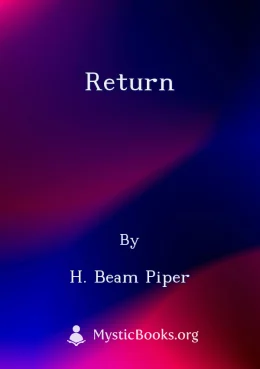
Return
Two-hundred years after a global nuclear war, two explorers from a research outpost, that largely survived the cataclysm, discover a settlement of humans who have managed to maintain their civilisation despite ferocious cannibal neighbours, the Scowr...
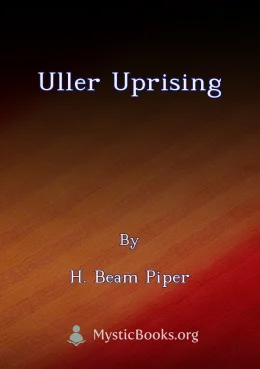
Uller Uprising
Uller Uprising is the story of a confrontation between a human overlord and alien servants, with an ironic twist at the end. Like most of Piper's best work, Uller Uprising is modeled after an actual event in human history; in this case the Sepoy Muti...
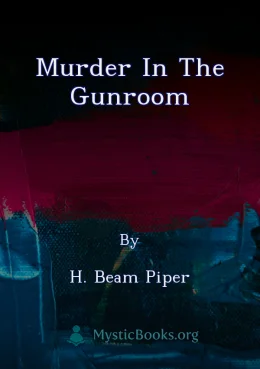
Murder in the Gunroom
The Lane Fleming collection of early pistols and revolvers was one of the best in the country. When Fleming was found dead on the floor of his locked gun room, a Confederate-made Colt-type percussion .36 revolver in his hand, the coroner's verdict wa...
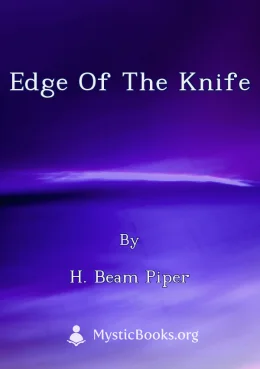
Edge of the Knife
The Edge of the Knife is a science fiction novel by H. Beam Piper. It is set in the Terro-Human Future History, a detailed account of the next 6000 years of human history. The story occurs slightly before the nuclear war that devastates the planet in...
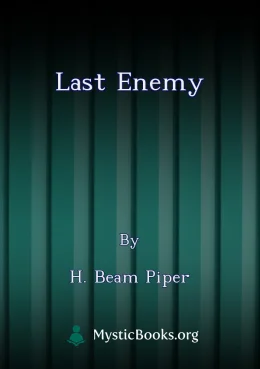
Last Enemy
In H. Beam Piper's 'Last Enemy', Verkan Vall, a member of the Paratime Police, is tasked with rescuing a fellow agent who has gone missing on an undercover mission in a parallel universe. This alternate reality is a dangerous place where assassinatio...
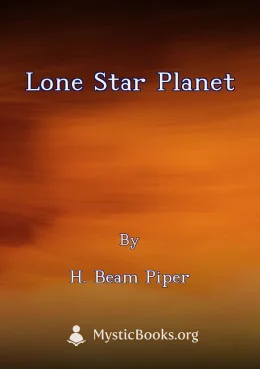
Lone Star Planet
In H. Beam Piper's 'Lone Star Planet,' the citizens of New Texas, a spacefaring colony with a distinct Texan swagger, face a perilous threat from the s'Srauff, an alien species. The Solar League ambassador tasked with warning them about the impending...
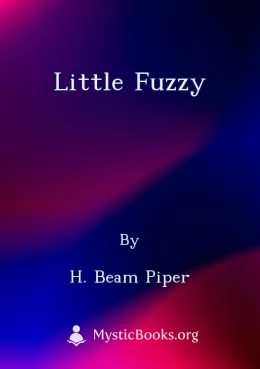
Little Fuzzy
Little Fuzzy is a classic science fiction novel by H. Beam Piper that explores the ethical implications of first contact with an intelligent alien species. The story takes place on the planet Zarathustra, where prospector Jack Holloway discovers a gr...
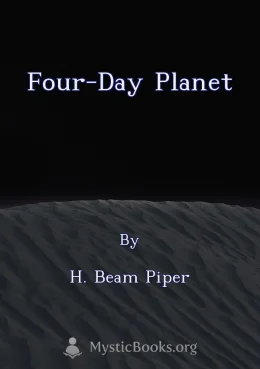
Four-Day Planet
Four-Day Planet is a science fiction novel set on a harsh, alien world with extreme temperature fluctuations. The planet's unusual climate, coupled with its rich resources, has attracted colonists seeking fortune. However, the colonists are soon cau...
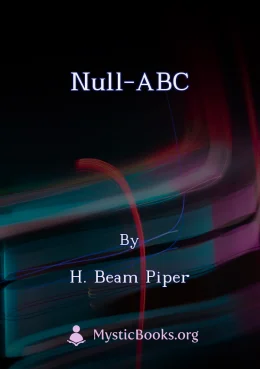
Null-ABC
In a future where science is demonized and knowledge is suppressed, a group of individuals, known as the 'Nulls,' strive to preserve the remnants of scientific understanding. Faced with a society that reveres ignorance and fear, they struggle to mai...
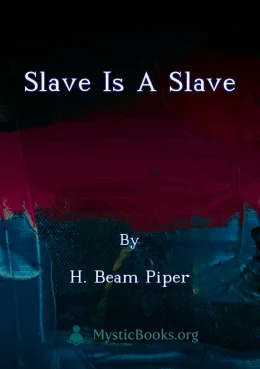
Slave Is a Slave
The Galactic Empire is slowly expanding its reach, offering membership to isolated systems that have been overlooked for centuries. When the Empire arrives at Aditya, a society where slavery is the cornerstone of the economy, a profound clash of valu...
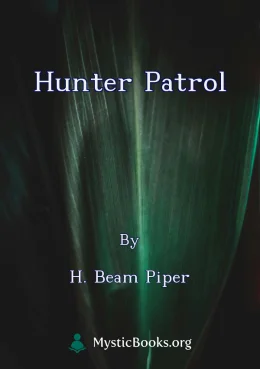
Hunter Patrol
In the wake of a devastating World War IV, a disillusioned soldier discovers he possesses a remarkable ability that could potentially end the conflict. As he grapples with the weight of this newfound power, he must confront the complex moral and ethi...
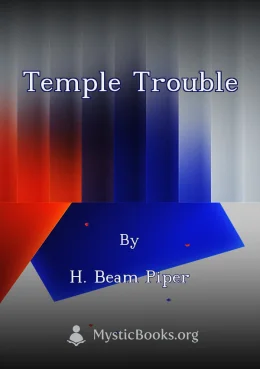
Temple Trouble
In a world where parallel timelines coexist, the ParaPolice are tasked with maintaining order and preventing interference between them. However, when one timeline discovers the existence of others and a way to travel between them, chaos ensues. "Temp...
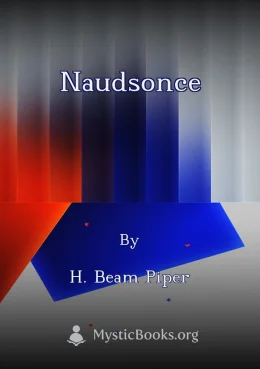
Naudsonce
Naudsonce is a thought-provoking science fiction novella that explores the challenges and complexities of communication between different species. A joint Space Navy-Colonial Office expedition is on a mission to find new planets suitable for coloniza...
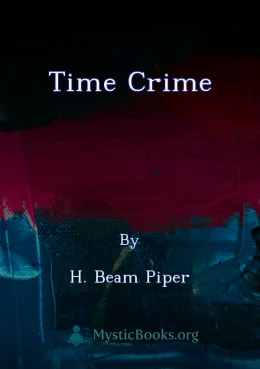
Time Crime
In a world where time travel is possible, the Paratime Police is tasked with investigating and preventing crimes that could disrupt the timeline. However, their latest case proves to be particularly challenging when they must locate a criminal gang t...
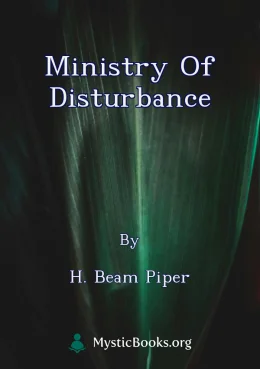
Ministry of Disturbance
Ministry of Disturbance is a humorous science fiction novel that takes place in a stagnant interstellar empire where nothing new is allowed to happen. The emperor, Paul, is aware of the problem but is powerless to change the centuries-old bureaucracy...